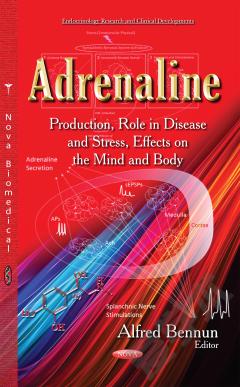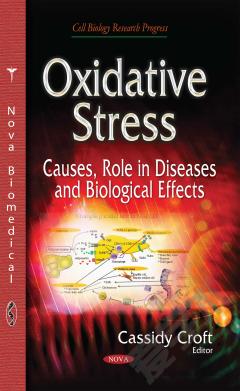Adrenaline: Production, Role in Disease and Stress, Effects on the Mind and Body
The book examines the noradrenaline-emotional psyches (brain-blood barrier) somatic-adrenaline axis. It conceptually updates research advances, diagnostic techniques and therapeutic methods. The authors enhance their discussions with clear illustrations and explicative texts written for researchers, professionals, educators and students alike, which favor its selection as an essential overview of recent medical and scientific advances, allowing the reader to have the satisfaction of finding first-rate accounts of important work. Comparative studies between immediately obtained adrenal vein samples (AVS) and 15 minutes thereafter show that the stress reactions induced by catheter manipulation had an effect on serum cortisol and aldosterone values. A transient increase in cortisol release from both adrenal glands occurs in the majority of the patients who undergo AVS. This stress reaction can influence the assessment of both the selectivity of the catheterization during the sequential AVS technique and the lateralization of aldosteronoma bearing gland. The separation of noradrenaline (NA) at brain and adrenaline at blood functions as a homeostatic lame axis by the blood-brain barrier blocking adrenaline feedback in hypothalamic-pituitary-adrenal (HTPA). This leads to postulate an evolution adaptation for the brain dominance over body, which allows a psychoanalytic treatment to function to signal turn-off and return to circadian homeostasis. Decreased glucose could stress the HTPA axis and leads to decreasing metabolites and releasing Mg2+ for integration of the brain-tissue network. Mg2+ changes adenylyl cyclase (AC) from a Ca2+-AC complex to an Mg2+-AC form with responsiveness to NA for short-term memory. The cAMP generated has been postulated for consolidation of long-term memory.
{{comment.content}}








 京公网安备 11010802027623号
京公网安备 11010802027623号